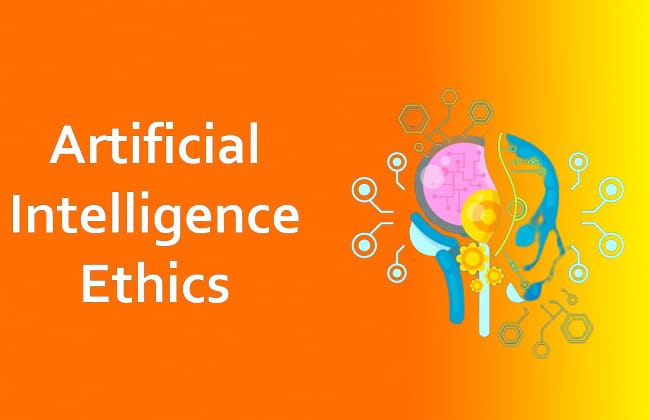The Ethical Implications of AI in OSINT 🕵️

Introduction
As AI becomes increasingly integrated into OSINT practices, it raises important ethical questions. This blog post explores the ethical implications of using AI in OSINT and how to navigate these challenges responsibly, ensuring that technology is used for the greater good.
Learning Point 1: Privacy Concerns 🔐
- Data Minimisation: AI-powered OSINT tools can process vast amounts of personal data, raising concerns about privacy. Analysts must adopt data minimisation practices to collect only what is necessary.
- Anonymisation Techniques: Implementing anonymisation techniques can help protect individuals’ identities when processing sensitive information, balancing intelligence needs with privacy rights.
- Legal Compliance: It’s essential to ensure that AI-driven OSINT practices comply with legal standards, such as GDPR, to avoid privacy violations and legal repercussions.
Learning Point 2: Bias in AI Algorithms ⚙️
- Training Data Bias: AI algorithms can reflect the biases present in the data they are trained on. It’s crucial for OSINT practitioners to be aware of these biases and seek diverse data sources.
- Algorithm Transparency: Ensuring transparency in how AI models make decisions can help mitigate bias. Practitioners should use explainable AI tools to understand and adjust for biases.
- Continuous Monitoring: Regularly monitoring and updating AI models can help identify and correct biases over time, ensuring fair and accurate outcomes.
Learning Point 3: The Risk of Over-Reliance on AI 🤖
- Human Oversight: While AI can enhance OSINT capabilities, it should not replace human judgment. Maintaining human oversight ensures that AI-generated insights are critically evaluated.
- False Positives: AI tools may sometimes produce false positives or negatives, especially in complex or ambiguous situations. Cross-referencing with human analysis can help validate findings.
- Ethical Decision-Making: OSINT practitioners must make ethical decisions about when and how to use AI tools, considering the potential impact on individuals and communities.
Top 3 OSINT Tools ⚙️
- Clarifai: An AI-driven image and video recognition tool that helps analyse visual content ethically by incorporating transparency features.
- IBM Watson AI: Offers explainable AI tools that help OSINT practitioners understand and mitigate biases in their analysis.
- Privacy Badger: A tool that helps protect user privacy by blocking trackers, useful for ethical OSINT practices.
Conclusion
AI offers powerful enhancements to OSINT but also brings ethical challenges that must be addressed. By being mindful of privacy, bias, and the risks of over-reliance on AI, OSINT practitioners can use these tools responsibly, ensuring that their work contributes positively to society. 💻